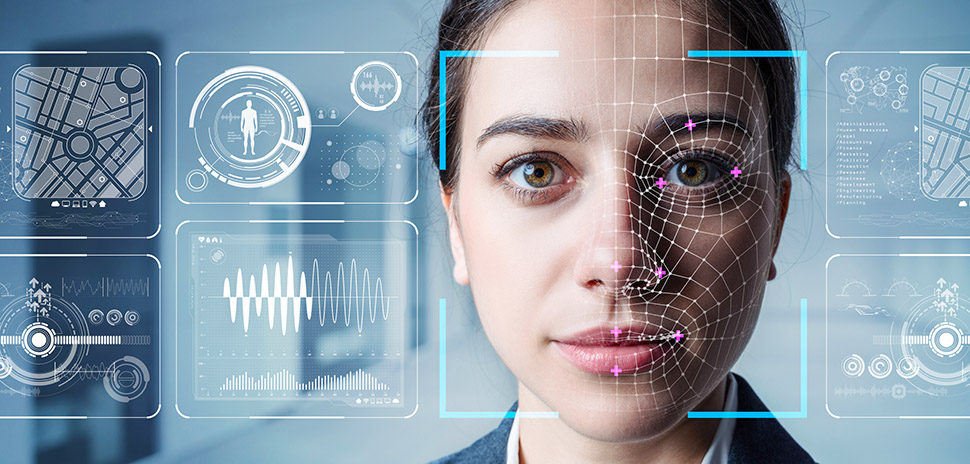![]() Every week, we do a little research of our own. We’re looking for scientists, professors, engineers, entrepreneurs—anybody, really—engaging in research and development across North Texas.
Every week, we do a little research of our own. We’re looking for scientists, professors, engineers, entrepreneurs—anybody, really—engaging in research and development across North Texas.
There’s plenty of good work being done. If you want to put R&D under your microscope, sign up for our e-newsletter.
Facial recognition tech study reveals how people may remember faces
Researchers at the University of Texas at Dallas set out to determine how computers have gotten as good as people at facial recognition, and may have shed some light on how our brains sort information in the process.
UT Dallas scientists analyzed the performance of the latest facial recognition algorithms based on machine learning and discovered an unexpected way they work.
Their study, published online in Nature Machine Intelligence, shows that these sophisticated computer programs—known as deep convolutional neural networks (DCNNs)—figured out how to identify faces differently than the researchers thought they would, according to a statement.
“For the last 30 years, people have presumed that computer-based visual systems get rid of all the image-specific information—angle, lighting, expression and so on,” Alice O’Toole, senior author of the study and the Aage and Margareta Møller Professor in the School of Behavioral and Brain Sciences, said in a statement. “Instead, the algorithms keep that information while making the identity more important, which is a fundamentally new way of thinking about the problem.”
In machine learning, computers analyze vast amounts of data in order to learn to recognize patterns. The goal is being able to make decisions with minimal input from people. But, O’Toole noted that the progress made by machine learning for facial recognition has “changed everything by quantum leaps” since 2014.
“Things that were never doable before, that have impeded computer vision technology for 30 years, became not only doable, but pretty easy,” O’Toole said. “The catch is that nobody understood how it works.”
The previous generation of algorithms effectively recognized faces that had only minor changes from the image they already knew, according to a statement. But, current tech recognizes an identity enough to overcome changes in expression, viewpoint, or appearance, such as the removal of glasses.
And that’s where the human connection lies.
“These new algorithms operate more like you and me,” O’Toole said. “That’s in part because they have accumulated a massive amount of experience with variations in how one identity can appear. But that’s not the whole picture.”
Strict clinical trial regulations may exclude some patients
Federal regulations could be preventing a large number of patients from participating in clinical trials, according to a team of researchers at UT Southwestern Medical Center in Dallas.
For example, the regulations may keep lung cancer patients out of clinical trials because they are on medications that might affect the electrical system of the heart, according to a statement. The UTSW researchers believe that alternatives should be looked into to break down barriers.
READ NEXT Discovery: Dallas Stats Show Low Rates of Depression, UTA Researcher Honored
Those conclusions were reached by a team that included members of the Harold C. Simmons Comprehensive Cancer Center, and their findings could lessen the obstacles patients face to participate in important, potentially lifesaving clinical trials.
“This issue comes up all the time in my practice,” Dr. David Gerber, who treats lung cancer patients and is a professor of Internal Medicine and Population and Data Sciences, said in a statement.
Gerber is one of the study’s authors and has been studying clinical trial eligibility criteria for a decade. He noted that eligibility criteria for clinical trials—designed to limit risks to studies—may be excessive in some instances.
“The criteria are not as thoughtful as they could be,” Gerber said. “We keep cutting and pasting from earlier studies, basically doing the same things over and over without justifying them or deciding if they’re rational.”
UNTHSC trial examines if baths can aid women with hypertension
A study is underway at the University of North Texas Health Science Center in Fort Worth, which is looking at whether warm lower leg baths can lower blood pressure in older women who have hypertension.
The trial is an approach for women who don’t respond to medication as well as men do, and can be an easy way to possibly improve women’s health and well-being, according to Steven Romero, assistant professor of physiology and anatomy and director of the Human Vascular Physiology Laboratory.
The water is heated to a therapeutic 104 degrees, a temperature used in hot tubs, according to a statement. For the study, participants soak their lower legs for 45 minutes four times a week and monitor their blood pressure before and after the leg bath.
“Most women are open to immersing their legs in a bucket of warm water,” Romero said in a statement. “It’s easy to do while they’re relaxing at home.”
![]()
Get on the list.
Dallas Innovates, every day.
Sign up to keep your eye on what’s new and next in Dallas-Fort Worth, every day.































